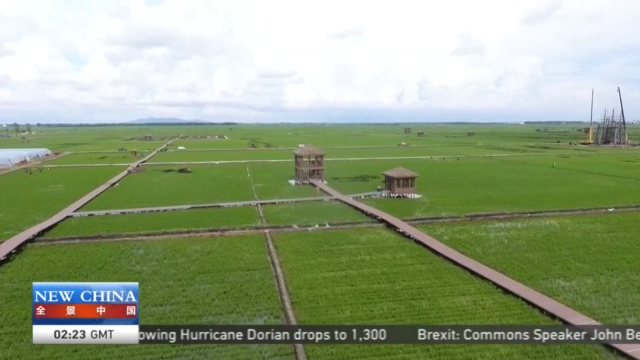
12:28, 13-Sep-2019
New China - 70 Years On: Heilongjiang - from the great northern wilderness to today's granary
Updated
14:04, 13-Sep-2019

For decades, agricultural development has ensured food security for China, the world's most populous nation. In this edition of our special series "New China," as we get ready to celebrate the country's 70th anniversary, we take you to the northeastern province of Heilongjiang, known as China's granary.
Great northern wilderness, known as Beidahuang in Chinese. It refers to the extreme northeastern parts of China - the fertile plain surrounded by three rivers -- Heilongjiang, Sunghua and Ussuri Rivers. After the founding of the people's republic of China, hundreds of thousands of youngsters had been sent here in the nation's pursuit of agricultural modernity and national food security.
The "Great Northern Wilderness," once held China's largest concentration of freshwater wetlands, and has become home to China's largest cluster of state farms, which can now feed nearly 10% of the Chinese population.
From frontier "wasteland" to a state granary, to a popular brand of organic foods, and finally to a national model for agricultural development, Beidahuang's "wilderness" illustrates the trajectory of China's quest for food security.
And with the unprecedented scale of urbanization, many of China's traditional grain producing bases have encountered a rural labor shortage, as many younger laborers have left for city jobs. Smart farming by big agricultural conglomerates has been eyed to tackle the rural labor shortage, while realizing agricultural modernization. CUI HUIAO, CGTN.
SITEMAP
Copyright © 2018 CGTN. Beijing ICP prepared NO.16065310-3
Copyright © 2018 CGTN. Beijing ICP prepared NO.16065310-3